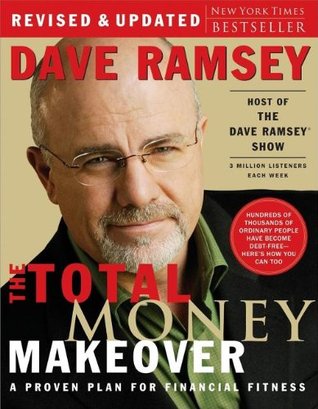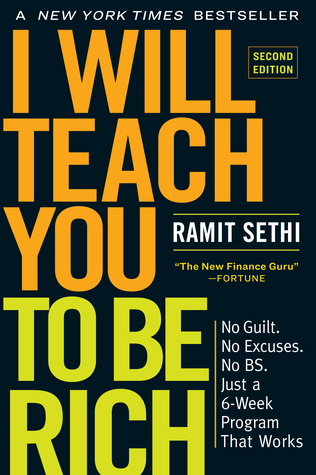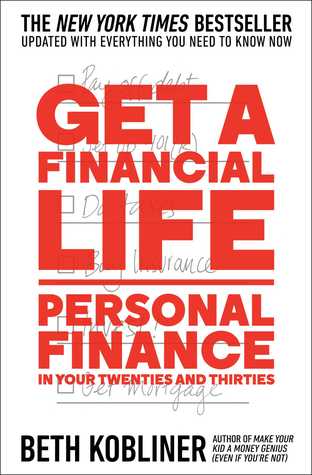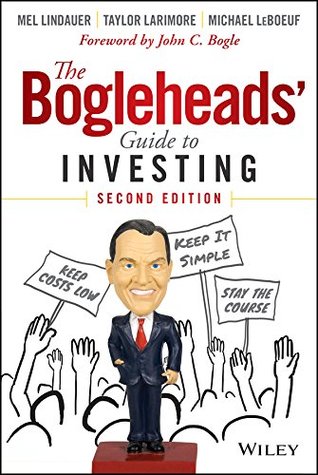
During your school years, you learn reading, writing, and arithmetic; history, philosophy, algebra; a little music, a little art, a little sports.
What you typically don’t learn is anything about personal finance. Which is unfortunate, since it’s something you’ll use, and which will greatly affect both the macro trajectory and the day-to-day quality of your life, far more than your understanding of the quadratic equation and the Battle of Waterloo.
Parents seldom fill this institutional learning gap, figuring their children will somehow absorb the principles of personal finance by osmosis.
As a result, many young people reach adulthood having received very little personal finance education at all. This can prove greatly detrimental to their ability to move ahead in the world and achieve a state of financial stability and prosperity.
Fortunately, even though most of us were never given a personal finance education by others, it’s something we can obtain for ourselves.
Below are the five personal finance books I recommend reading to create this kind of autodidactic “curriculum” for yourself. Together they’ll go a very long way in helping you get a handle on your finances and master your money.
The principles and ideas that these foundational books cover have a lot of overlap; there’s not a whole lot to the basics of personal finance: find ways to earn more money, spend less than you take in, budget, save for retirement, etc. But as with all self-development books, it’s helpful to read multiple sources on the same subject, as hearing the same principles repeated, in different voices, in different ways, helps ingrain them into your mind.
At the same time, each book covers certain subjects in greater depth than others, and offers unique tips and angles that can make your approach to finances as well-rounded as possible. What you should end up doing is taking the bits from each book that most resonate and apply to your current circumstances, and mixing them together to form the best personal finance strategy for your individual goals.
The Total Money Makeover by Dave Ramsey

Back in 2006 I had been married a year and was in my first year of law school. Kate had just finished a master’s degree. I vividly remember experiencing a moment of hopelessness about our money situation when I looked at all the student debt we had thus far accumulated, and realized the hole would only grow bigger as I made my way through law school and we lived on the meager income from my part-time job, and Kate’s adjunct teaching gig at a community college.
Enter Dave Ramsey and his famous book, The Total Money Makeover.
I had seen people rave about it on personal finance blogs, so I bought a copy. After finishing it, I felt some hope that I could actually get ahead with my finances.
Ramsey’s Total Money Makeover plan is pretty simple. It involves just 7 “baby steps”:
Baby Step 1: $1,000 cash in a beginner emergency fund
Baby Step 2: Use the debt snowball to pay off all your debt but the house
Baby Step 3: A fully funded emergency fund of 3 to 6 months of expenses
Baby Step 4: Invest 15% of your household income into retirement
Baby Step 5: Start saving for college
Baby Step 6: Pay off your home early
Baby Step 7: Build wealth and give generously
The steps are actually pretty substantial, but they somehow seem more doable with the “baby” appellation!
The steps I found the most helpful were saving $1,000 cash for a beginner emergency fund, paying off all debt with the snowball method (in which you pay off the debt with the lowest balance first, and then apply what you had been paying towards it, to the next lowest debt), and then fully funding an emergency fund of 3 to 6 months of expenses.
The debt snowball is probably the most powerful takeaway from the book. Some financial experts argue that paying off debt the way Ramsey recommends isn’t the best approach practically (prioritizing the payment of debts with the highest interest rate makes more sense), but psychologically, it works. At least it worked for me. After a few years of living very frugally, generating additional income from summer internships and the Art of Manliness (which was then a small side hustle), and snowballing right along, Kate and I were able to pay off all of our student loans and a car loan and start our lives debt free.
I Will Teach You to Be Rich by Ramit Sethi

Don’t be fooled by the name of this book. It’s not a “how to get rich quick” book. Personal finance writer Ramit Sethi walks you through a six-week program designed to whip your finances into shape. A key component of the program is putting systems into place so that managing your money is as frictionless as possible.
What I love most about this book is how specific Ramit gets. For example, he provides exact scripts to use to negotiate down credit card fees and cable expenses. He also recommends specific banks as well as automated systems to use so you save money without even thinking about it.
I read the first edition of I Will Teach You to Be Rich back in 2009. (Ramit updated it in 2019 and we had him on the podcast to discuss the latest edition.) The book had a big impact on me: in it, Ramit recommended setting up an online bank account with ING Direct and creating a system of different accounts for automated savings goals. I did that back in 2009. ING is now part of Capital One and I still have and use that account. And while my savings goals have changed since then, I still use the basic system Ramit lays out in I Will Teach You to Be Rich.
Get a Financial Life: Personal Finance in Your Twenties and Thirties by Beth Kobliner

In Get a Financial Life, author and journalist Beth Kobliner explains the world of money in easy-to understand language. It’s more of a personal finance reference book than an advice book (though it also contains plenty of advice).
Beth explains the very basics of how the banking system, health insurance, and retirement accounts work, what to look for in a bank, how to consolidate loans, what the home buying process is like, and much more. Pretty much any finance-related thing you’ll encounter as an adult, Beth covers it.
I still go back to this book every now and then when I need a refresher on a certain money concept.
Your Money or Your Life by Vicki Robin and Joe Dominguez

The authors of Your Money or Your Life lay out a plan to become financially independent by reducing spending and investing in assets that grow income. Pretty simple.
I never actually followed the specific investment advice in this book. In the original edition that I read back in college, the authors recommended socking your money into CDs and treasuries and living on the interest. That might have worked 25 years ago; not so much today. (They did update the book in 2018 and now recommend index funds.)
While I never followed the exact financial tactics suggested in Your Money or Your Life, its overarching philosophy did change my overall mindset about money. It made the case for embracing frugality and rejecting mindless consumerism, and it helped me think about what I valued in life and realize that how I spend my money is tied to what I value. The book introduced me to the idea of “financial independence” and made it a goal that my family and I have been working towards ever since I read it nearly 15 years ago.
The Bogleheads’ Guide to Investing

After I paid off my debt, I shifted gears and started thinking about long-term investing and putting more money in the stock market. There’s a ton of advice out there on how to do that; so much so, that it sometimes feels like it would just be easier to not do anything and stuff your money under a mattress instead.
But reading The Bogleheads’ Guide to Investing a decade ago gave me the confidence and knowledge I needed to cut through the noise and confusion and start investing.
The book distills the investing principles of Vanguard founder Jack Bogle. Bogle is credited as one of the originators of index fund investing.
You won’t find super specific investing tactics in this book, but rather high-level, common-sense guidelines: invest for the long-term; don’t chase investment fads; keep your emotions out of your investing.
While my specific investing tactics have changed over the years, I still follow the basic principles from this book.
- Podcast: How to Live a Rich Life
- How to Create a Budget
- Podcast: The Money Scripts That Are Holding Back Your Financial Future
- What Every Young Man Should Understand About the Power of Compound Interest
- A Guide to Understanding IRAs
- A Guide to Understanding 401ks
- A Guide to Paying Back Your Student Loans
- Start a Debt Reduction Plan







